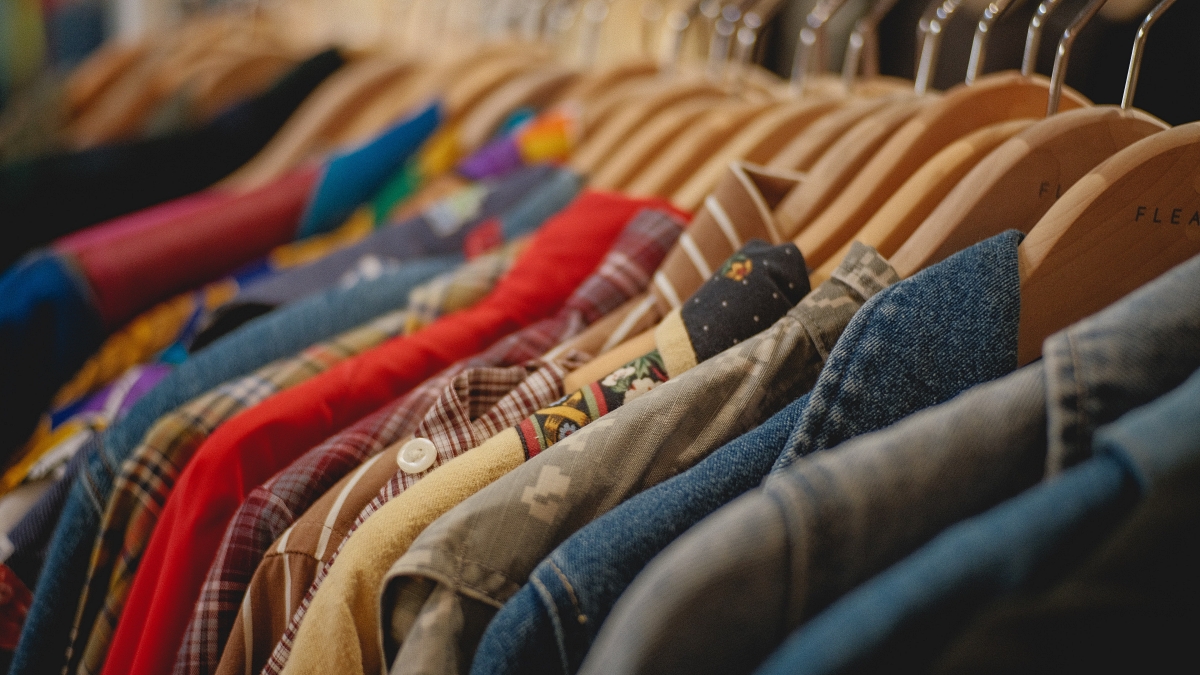Scientists Tackle the Age Old Question “What Is the Thrift Store Smell?”
There’s a reason why the smell is so universal.
For anyone who loves a good bargain, a thrift store, or to collect vintage clothing the “thrift store smell” is all too familiar. This scent can cling to anything made of fabric, but tends to be worse on clothing than on something like upholstery or bedding. You may think that this smell on clothes is all down to body odors and that certainly is a large part of it. But, when scientists set out to examine why thrift store clothes smell like they do the results showed that it’s a complicated bouquet.

Some people think this smell has elements of decay to it, while others describe it as funky or cheesy. Certainly the breakdown of the fabrics over time can change the way they smell, as can foods that were cooked or consumed near the fabrics. But, it turns out there are ton of other compounds lingering on vintage clothing.
According to a New York Times article from 2018 in a study of the residues found on vintage clothing performed at their request by Proctor & Gamble labs 12 of the 18 compounds found in a selection of vintage clothing were related to bodily secretions. This includes sweat, oil, skin, and other things the human body might make.

The other compounds in this set were things we’re all exposed to on a daily basis like gasoline, car exhaust, food, perfume, and even residues from dry cleaning solvents. Because many of these odors are environmental it helps to explain why the overall smell of most vintage shops is familiar, recognizable, and consistent across time and space.
While individual items of clothing each have their own smell, some mild and some raunchy, when taken as a larger sample group they each contribute to that distinctive thrift shop smell. Because many antique stores also carry old clothing, they can have this particular smell as well.

Dry cleaning often cannot remove the worst of these smells, which explains why sometimes they linger even after a garment has been professionally cleaned. If an item is delicate then hand washing is the best way to go. Wet cleaning can be very effective on smells and stains- though in some cases the process may have to be repeated several times. If the water doesn’t run clear then the garment isn’t clean and can still have odors.
Avoid the dryer as heat cannot only damage vintage clothing, but it can intensify smells.

So here’s the real pearl of wisdom when it comes to vintage: don’t buy it unless you are either ok with how it smells or you can safely give the item a vigorous wash using soap and water.
SKM: below-content placeholderWhizzco for DOT

